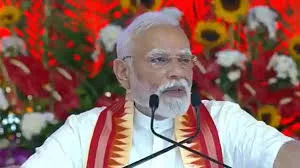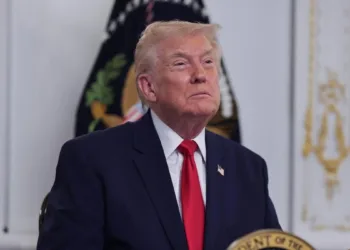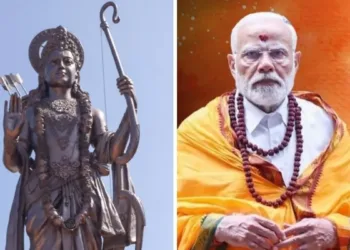Prime Minister Narendra Modi delivered a defiant message ahead of the August 27 deadline for Trump’s punitive 50% tariffs on Indian goods, declaring “pressure on us may increase, but we will bear it” while vowing to protect farmers, small-scale industries, and entrepreneurs. This resolute stance comes as India faces the highest tariff rates globally from its strategic partner.
Table of Contents
PM Modi Tariff Crisis: Understanding the Stakes
On August 6, 2025, Trump increased tariffs on Indian goods by an additional 25%, bringing the total to 50% – one of the highest levies on any US trading partner. The executive order was triggered by India’s continued purchases of Russian oil, with the tariffs taking effect from August 27.
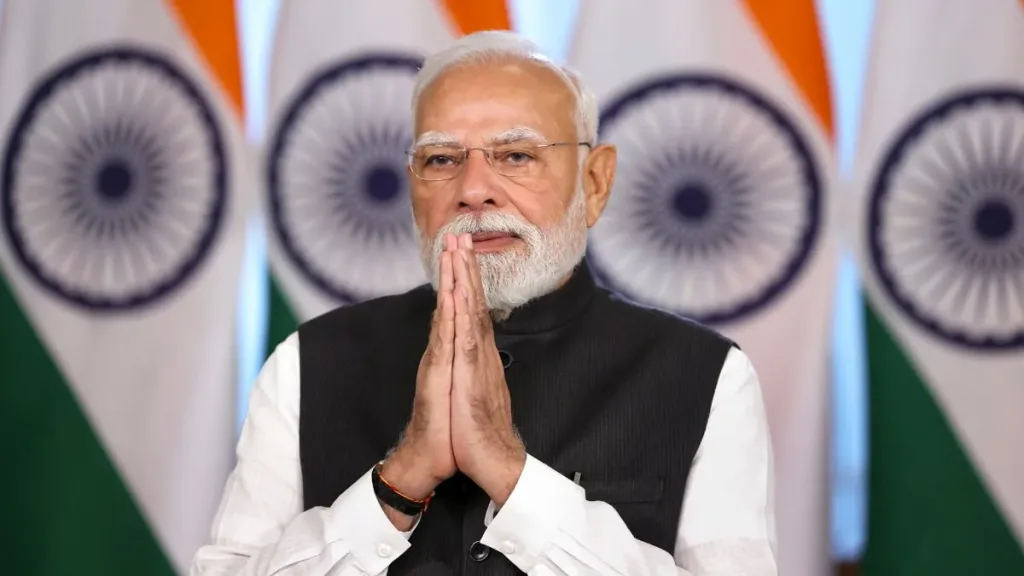
This escalation has pushed India into a small group of major economies without a trade deal, now facing the highest tariff rates globally, fundamentally altering decades of US-India economic cooperation.
US-India Tariff Crisis: Complete Impact Analysis
| Aspect | Details | Impact Level |
|---|---|---|
| Tariff Rate | 50% (25% base + 25% additional) | Highest Globally |
| Implementation Date | August 27, 2025 | Imminent |
| Reason | Russian Oil Purchases | Geopolitical |
| Economic Hit | Multi-billion Dollar Impact | Severe |
| Affected Sectors | Agriculture, Manufacturing, IT | Widespread |
| Stock Market Response | Sensex +0.1% (Resilient) | Stable |
| PM Modi’s Response | “Will Bear All Pressure” | Defiant |
| Defense Purchases | Potential Pause in US Arms | Strategic |
Modi’s Unwavering Commitment: Protecting India’s Interests
Modi reaffirmed his commitment to protecting farmers and fishermen, declaring them a national priority and vowing to stand “like a wall” to defend their livelihoods without compromise. “No matter how much pressure comes, we will keep increasing our strength to withstand it,” Modi declared during a public address.
The Prime Minister’s response demonstrates calculated defiance, prioritizing domestic stakeholders over external pressure while maintaining diplomatic channels.
Economic Resilience: India’s Market Response
Contrary to expectations, India’s stock market showed little sign of panic a day after the announcement, with the Sensex ending around 0.1% higher, suggesting investor confidence in India’s economic fundamentals and government response strategy.
This market stability reflects India’s diversified economy and reduced dependence on US trade compared to previous decades.
For detailed analysis of India’s economic resilience strategies, check our economic policy coverage.
Strategic Implications: Defense and Diplomacy
India may pause plans to buy US arms after Trump’s tariffs, according to reports, with one official noting discussions about defense procurement impacts. This potential defense pause represents a significant shift in strategic partnership dynamics.
The defense dimension adds complexity beyond trade, affecting military cooperation and regional security arrangements.
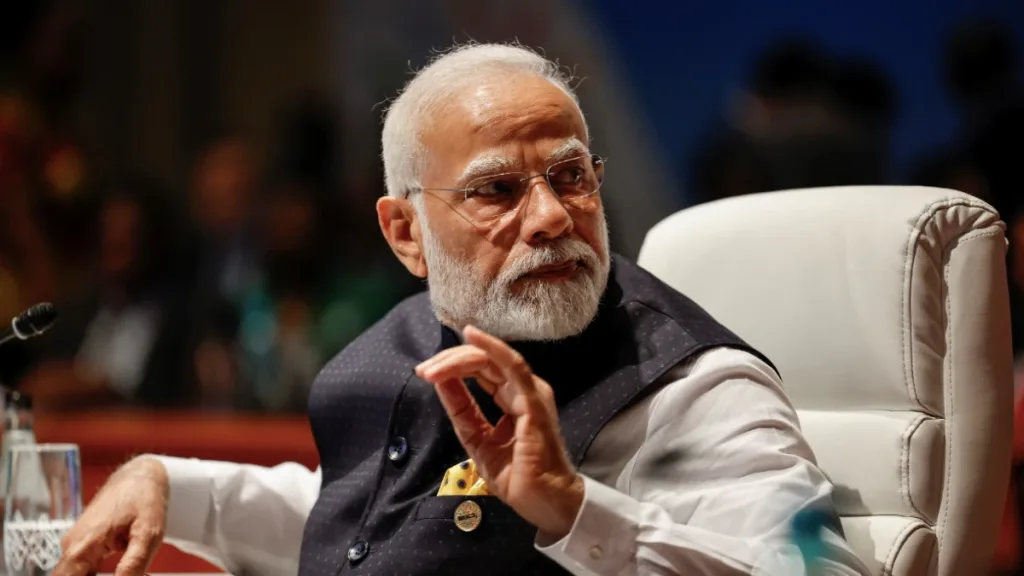
The Russian Oil Factor: Energy Security vs. Alliance Politics
The tariffs stem from objections to India’s oil trade with Russia, highlighting the challenge of balancing energy security with alliance obligations. However, after last week’s Trump-Putin summit meeting, it remains unclear whether this reasoning still applies.
India’s energy imports from Russia represent strategic diversification rather than political alignment, a nuance lost in current US policy calculations.
Swadeshi Push: Economic Nationalism Response
Modi urged citizens to support swadeshi (Indian-made goods), telling businessmen to “keep a big board outside their” establishments promoting local products. This represents a return to economic nationalism as a response to external pressure.
The swadeshi emphasis could accelerate India’s self-reliance initiatives across manufacturing and technology sectors.
For more insights on India’s manufacturing revolution, visit our Make in India analysis.
Global Trade Relations: Long-term Perspective
Despite recent friction pushing New Delhi to reaffirm strategic autonomy and engage with China and Russia, analysts note the US remains India’s key long-term partner. This suggests tactical maneuvering rather than fundamental realignment.
The current crisis may paradoxically strengthen India’s negotiating position by demonstrating economic resilience and strategic alternatives.
Economic Impact: Beyond Headlines
India’s economy could take a multibillion dollar hit, but the government’s confident response suggests preparation for this scenario. India’s economic diversification and domestic consumption strength provide cushioning against trade shocks.
The impact will vary by sector, with IT services, pharmaceuticals, and textiles potentially most affected by the tariff increases.
Looking Ahead: Diplomatic Solutions
Modi’s tough balancing act ahead requires avoiding reputational damage at home while maintaining diplomatic engagement. The Prime Minister’s strong public stance creates negotiating space while reassuring domestic stakeholders.
Future resolution likely depends on broader US-Russia dynamics and India’s continued strategic value to American interests in the Indo-Pacific region.
Stay updated with the latest India-US trade developments and economic policy news at Techno Sports. For official government updates, visit PMO India and Ministry of External Affairs.
Frequently Asked Questions
Q: How will the 50% US tariffs specifically impact Indian farmers and small businesses that PM Modi vowed to protect?
A: The tariffs will increase costs for Indian agricultural exports, textiles, and manufactured goods entering the US market, potentially reducing demand and affecting farmers’ incomes. However, Modi’s response includes promoting swadeshi (locally-made) goods and increasing domestic market focus. Small businesses may benefit from increased domestic preference, while export-dependent sectors face challenges. The government appears prepared with support measures to cushion the impact on these vulnerable groups.
Q: Why is India’s stock market remaining stable despite facing the world’s highest US tariffs?
A: India’s stock market resilience (Sensex up 0.1% post-announcement) reflects several factors: India’s reduced dependence on US trade compared to previous decades, a diversified domestic economy, strong consumption base, and investor confidence in the government’s handling of the crisis. The market may also be betting on eventual diplomatic resolution and India’s ability to find alternative markets, particularly given the country’s strategic importance in global supply chains.

